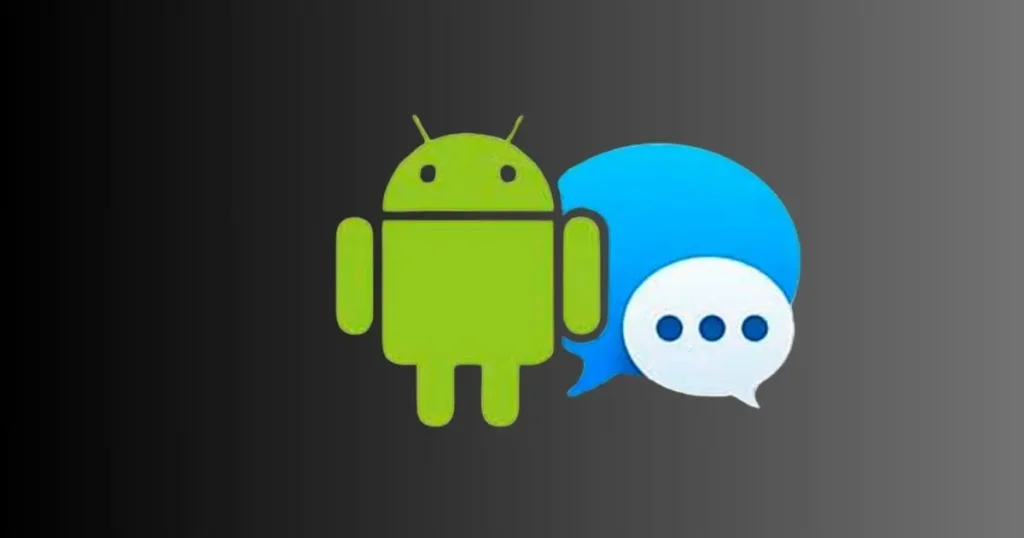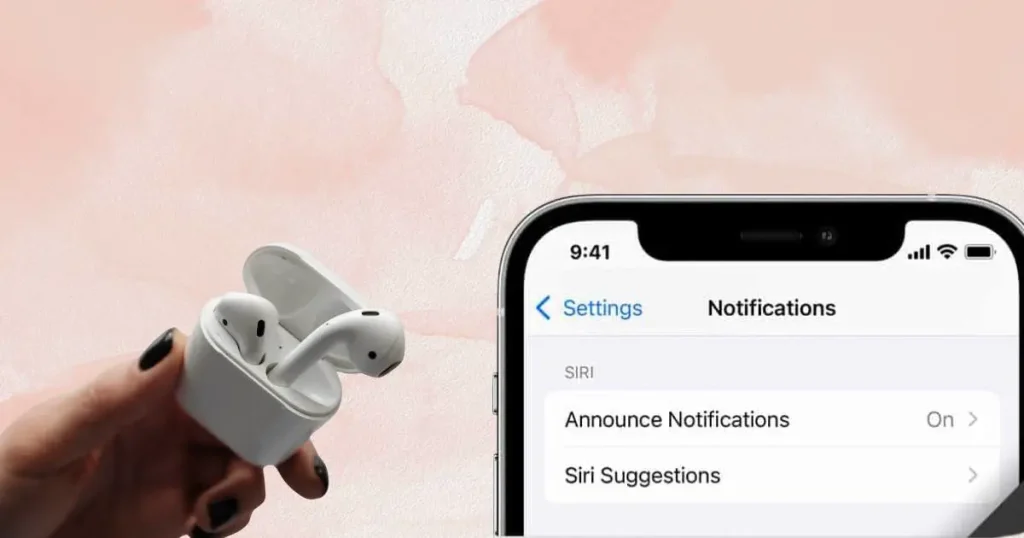8 Top Benefits of Unified Communications
Unified Communications (UC) refers to integrating various communication tools and platforms into a single, cohesive system. It allows individuals and businesses to streamline their communication processes by combining voice calls, video conferencing, instant messaging, email, and more into one accessible platform. This integration enhances efficiency, productivity, and collaboration among team members. Benefits of Unified Communications 1. Flexibility and Connectivity One of the critical benefits of Unified Communications is its flexibility in staying connected from anywhere, anytime. This flexibility allows individuals to work remotely or on the go without being tied to a specific location or device. Additionally, UC provides a wide range of communication channels, allowing users to choose the most suitable method for their needs. Flexibility to Stay Connected From Anywhere, Anytime Unified Communications enables individuals to stay connected and productive regardless of physical location. UC ensures seamless communication and collaboration, whether working from home, traveling, or in a different office. Your Choice of Communication Channels UC offers various communication channels, such as voice calls, video conferencing, instant messaging, and email. Users can choose the most appropriate channel based on the nature of their communication, enhancing efficiency and convenience. 2. Enhanced Collaboration and Culture Unified communications revolutionizes team collaboration, fostering a vibrant culture and strong community spirit within organizations. Efficient Collaboration Tools Unified Communications offers a suite of tools, such as instant messaging, video conferencing, and shared workspaces. These tools enable seamless communication and collaboration, ensuring teams stay connected and productive regardless of their physical location. Real-Time Collaboration With unified communications, teams can collaborate on projects, documents, and ideas in real-time. This real-time collaboration fosters creativity, innovation, and a sense of shared purpose among team members. Improved Decision-Making By facilitating quick and direct communication channels, unified communications empower teams to make faster and more informed decisions. This agility leads to improved efficiency and better outcomes for projects and tasks. Enhanced Employee Engagement Unified communications platforms promote transparency and inclusivity, allowing all team members to contribute ideas and feedback. This inclusivity boosts employee engagement and morale, creating a more positive work environment. Virtual Team Building Unified communications support virtual team-building activities, such as virtual coffee breaks, team challenges, and online social events. These activities help build camaraderie, strengthen relationships, and foster a sense of belonging among remote team members. Cultural Alignment Unified communications help align teams with the organization’s values, mission, and goals through consistent communication and collaboration. This alignment fosters a strong organizational culture centered around teamwork, innovation, and continuous improvement. Training and Development Unified communications platforms can also be used for virtual training, workshops, and knowledge-sharing sessions. This enhances employee professional development opportunities, promoting continuous learning and skill enhancement. By embracing unified communications, organizations can create a culture of collaboration, innovation, and engagement that drives success and growth. 3. Customer Service and Support Unified communications aren’t just about internal collaboration but are also crucial in enhancing customer service and support. Omni-Channel Communication Unified communications allow businesses to engage with customers across multiple channels, including phone, email, chat, and social media. This omni-channel approach ensures that customers can seek assistance through their preferred communication channel. Faster Response Times With unified communications tools such as live chat and integrated customer service platforms, businesses can respond to customer inquiries and issues more promptly. This leads to faster resolution times and improved customer satisfaction. Personalized Customer Interactions Unified communications platforms enable businesses to access customer data and interaction history, allowing for personalized and context-aware customer interactions. This customized approach enhances the customer experience and fosters loyalty. Efficient Call Routing Unified communications systems streamline call routing processes, quickly connecting customers to the correct representative or department. This reduces wait times and ensures that customers receive timely assistance. Remote Support Capabilities Unified communications support remote support functionalities, allowing customer service teams to assist customers effectively, even when working from home. This flexibility ensures uninterrupted support services, enhancing overall customer satisfaction. Analytics and Feedback Unified communications platforms provide valuable analytics and feedback mechanisms that help businesses understand customer needs, preferences, and pain points. This data-driven approach enables continuous improvement in customer service delivery. 4. Efficiency and Cost Savings Increasing Productivity Unified communications boost productivity by providing seamless communication channels. Employees can collaborate easily, share ideas, and make decisions faster. This leads to quicker project completion and improved overall efficiency. Streamlining IT Services/Processes With unified communications, IT services and processes become more streamlined. Centralized management of communication tools reduces complexity and saves time for IT teams, allowing them to focus on strategic tasks and innovation rather than troubleshooting communication issues. Reducing IT Costs by Improving Efficiency Unified communications can significantly reduce IT costs by optimizing communication systems and processes. Consolidating tools and leveraging cloud-based solutions minimize infrastructure expenses and maintenance efforts. This efficiency translates to cost savings for businesses in the long run. 5. Security and Reliability Highly Secure File Management and Communications Unified communications platforms prioritize security, offering encrypted file transfers and secure communication channels. This ensures that sensitive data remains protected from unauthorized access or cyber threats, maintaining confidentiality and integrity. Enhancing Cybersecurity Unified communications solutions integrate robust cybersecurity measures, including firewalls, antivirus software, and intrusion detection systems. Regular updates and monitoring strengthen defenses against evolving cyber threats, safeguarding business information and operations. Cloud-based reliability of 99.999% Cloud-based unified communications guarantee exceptional reliability with uptime rates of 99.999%. This high availability ensures uninterrupted communication and collaboration, minimizing downtime and ensuring business continuity even during unexpected disruptions. 6. Advanced Reporting and Analytics In the realm of unified communications, advanced reporting and analytics play a pivotal role in understanding how communication strategies impact business outcomes. Why Advanced Reporting Matters Advanced reporting tools in unified communications allow businesses to track and analyze communication patterns. This data-driven approach helps make informed decisions and optimize communication strategies for better results. Benefits of Analytics in Unified Communications Data-Driven Insights Businesses gain valuable insights into customer preferences, employee productivity, and overall communication effectiveness by analyzing communication data. Performance Evaluation Analytics tools enable businesses to assess the performance of different communication
8 Top Benefits of Unified Communications Read More »






